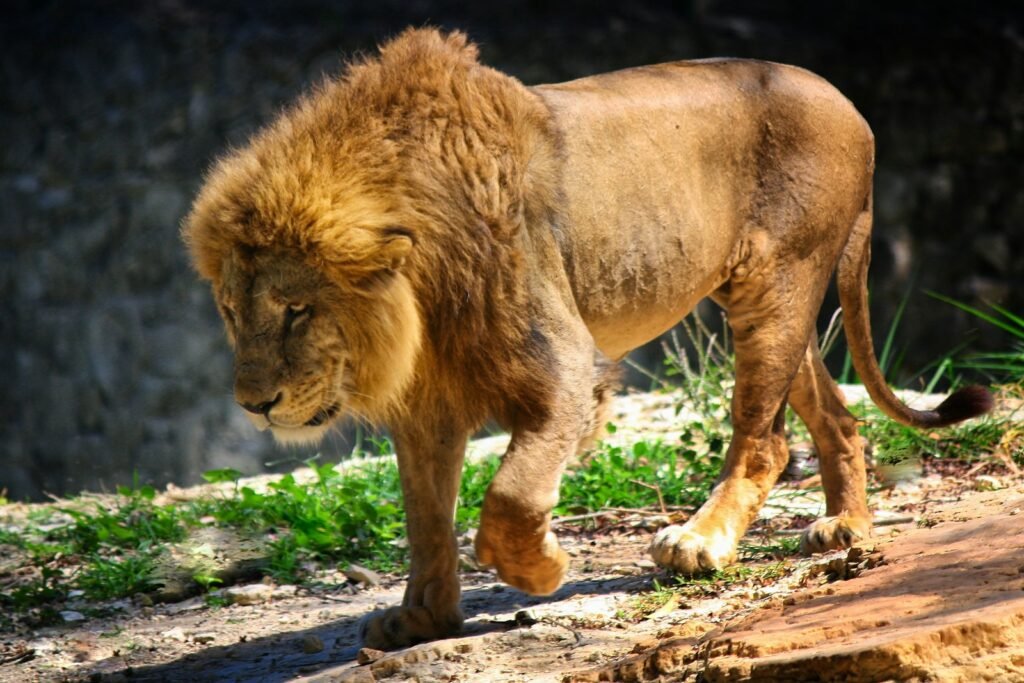On a warm night that should’ve been too cold for hunting, a camera trap blinked to life and caught a silhouette where no one expected it: a lone big cat slipping through dry grass at the edge of a farm. Scenes like this are emerging from mountain foothills, desert fringes, and coastal swamps across the world, carrying the same message – climate is tilting the chessboard, and the apex players are making new moves. Scientists are racing to parse whether these shifts are temporary detours or the start of permanent range redrawing. The result is a fast-unfolding story with winners and losers, new conflicts and surprising alliances, and a future that looks drastically different from the past.
The Hidden Clues
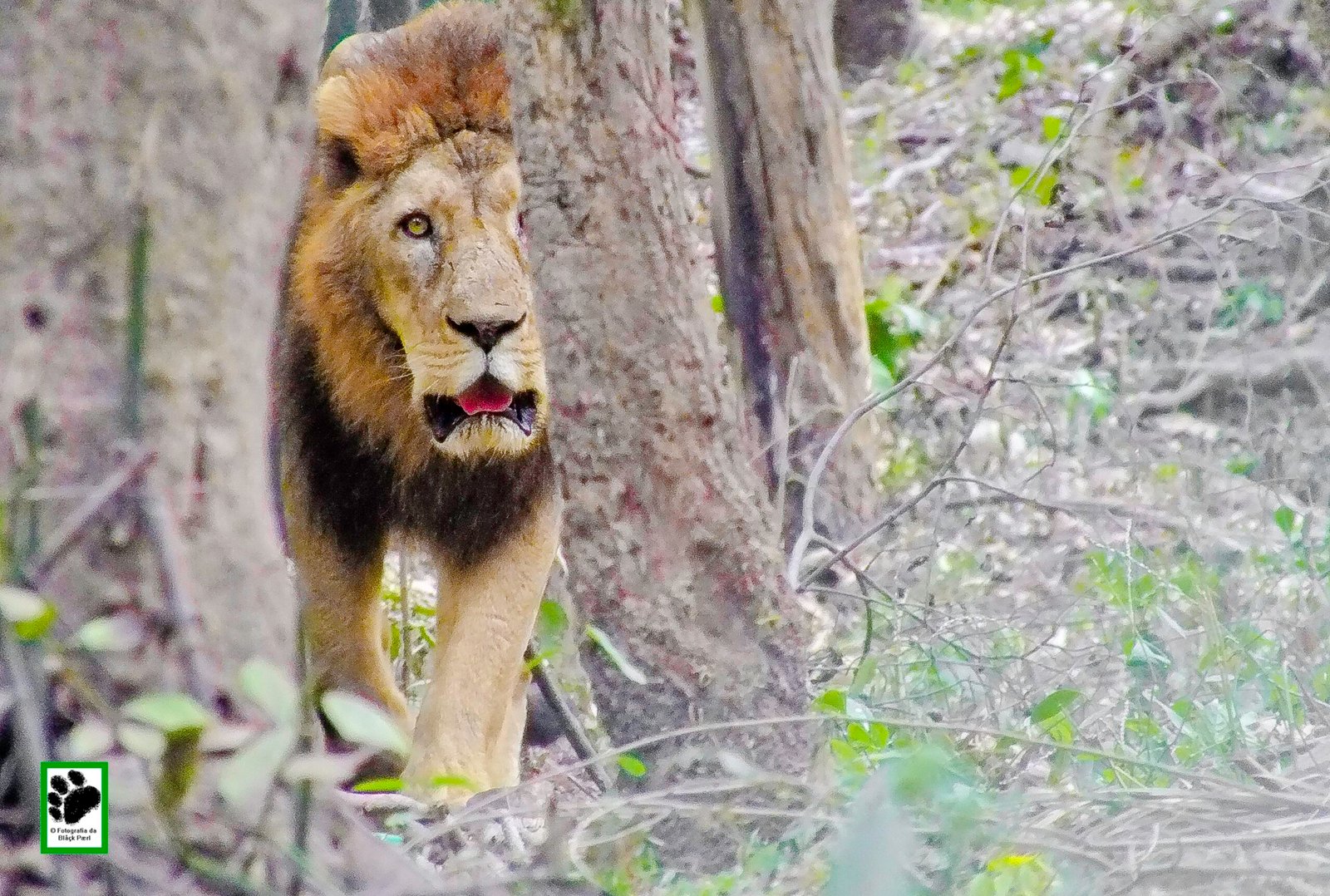
To understand why big cats are showing up in unexpected places, researchers follow subtle breadcrumbs: paw prints in melting snowfields, scat with unfamiliar prey DNA, and heat maps linking nightly movements to temperature spikes. Camera traps now record earlier starts to hunting bouts during heat waves, while GPS collars show detours to cooler ravines or higher ridges that weren’t used as often a decade ago. These are small decisions playing out night after night, but together they reveal a pattern of climate-sensitive behavior. Field teams have started layering weather data over movement tracks to show how droughts or unseasonal rains reroute cats around dried-out waterholes.
What’s striking is that these detours add up, nudging boundaries by miles each season and sometimes breaking through long-quiet ecological frontiers. A valley that once worked as a firm edge becomes a revolving door when heat shrivels cover or shifts prey into greener pockets. In this story, boundaries are softening, and big cats – masters of adjustment – are reading the map in real time.
From Ancient Routes to Modern Frontiers
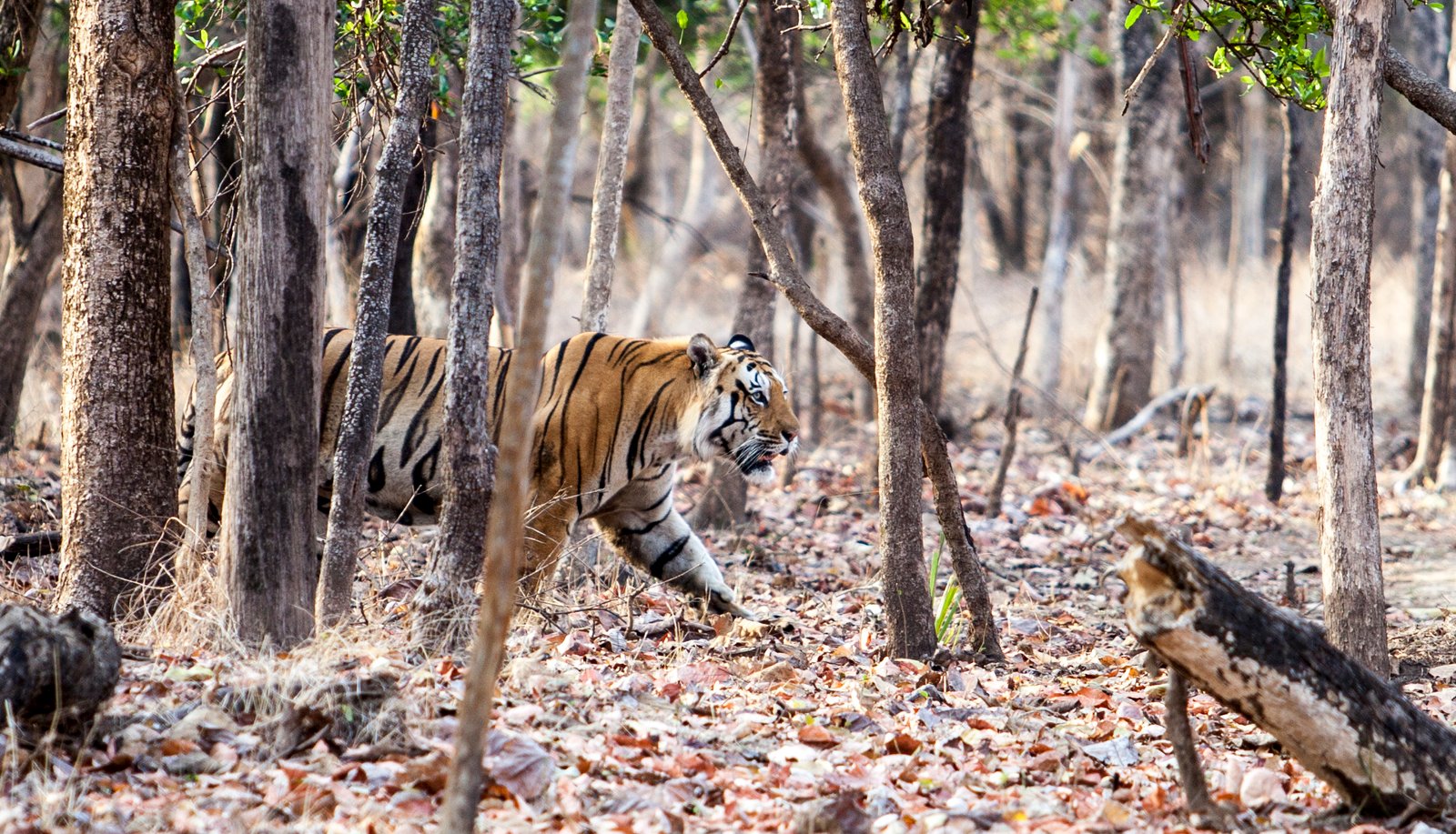
Big cats have always traveled, tracing ancient corridors between river basins and mountain passes, but climate stress is turning occasional forays into sustained pushes. In some borderlands, jaguars test higher, cooler canyons while pumas dip into plains that hold water longer through summer. In South Asia, monsoon wobble reshuffles prey availability, drawing leopards toward farm edges when wild ungulates thin out. These are not reckless expansions; they look like disciplined, low-risk bets that favor shade, water, and cover.
What’s different now is the pace. Landscapes are changing faster than cats can teach a generation’s worth of new habits, so individuals make bolder explorations and juveniles cement the routes. I’ve followed those tracks on map screens with biologists squinting at isotherm lines, and you can almost feel the terrain warming under the cursor. The frontier used to be a cliff; today it’s a slope.
Heat, Drought, and Prey on the Move
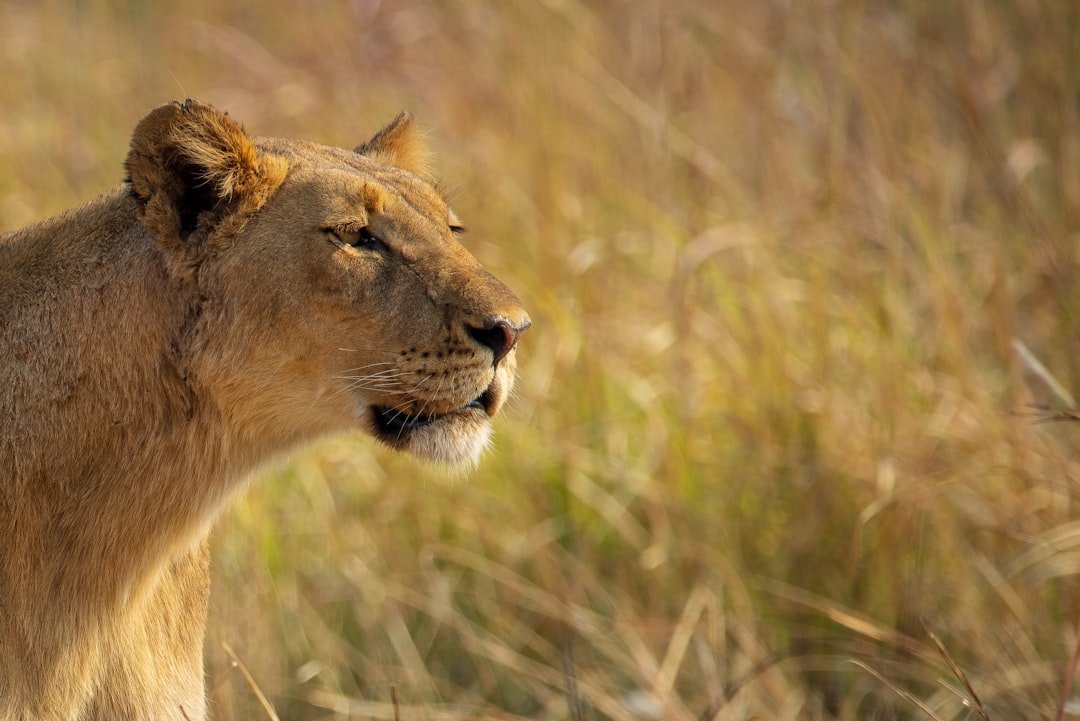
When temperatures climb and drought bites, herbivores shift first, dragging a living trail that predators trace. Antelope and deer head downslope to the last green patches, while feral hogs raid irrigated fields that stay soft underfoot; cats follow the buffet. In mangrove coasts, rising salinity can thin fish and crab nurseries, pulling prey inland and leaving resident cats to adapt or drift with them. Heat also stretches nights and shortens days for hunting, a subtle rewrite of the calendar that favors stealthier ambushes near water tanks and hedgerows.
Predator-prey choreography is delicate, and climate knocks it off-beat just enough to change where conflict flares. A cat that once needed deep cover might now stalk irrigation canals because that’s where the grazers linger. When the menu moves, the restaurant changes address, and the chef follows, claws and all.
Edges of Cities, Edges of Risk

As cats push into new spaces, they often skim the edges of towns, industrial sites, and smallholder farms – the places with light at night and easy water. Urban heat islands can create thermal traps that keep nights warmer than surrounding hills, drawing rodents and feral dogs and, to a lesser extent, hungry cats. That’s where sightings spike, livestock losses rise, and fear travels faster than facts. Road networks complicate the picture, creating both corridors and kill zones where dispersing juveniles attempt risky crossings.
Communities respond with a mix of ingenuity and panic, installing better enclosures, motion lights, and sometimes ill-timed retaliation. The irony is that coexistence improves when fear yields to predictable routines – secure goats by dusk, clean up carcasses, and keep dogs inside at night. Do those things consistently, and the same edges that attract cats can become manageable boundaries rather than battle lines.
Global Perspectives
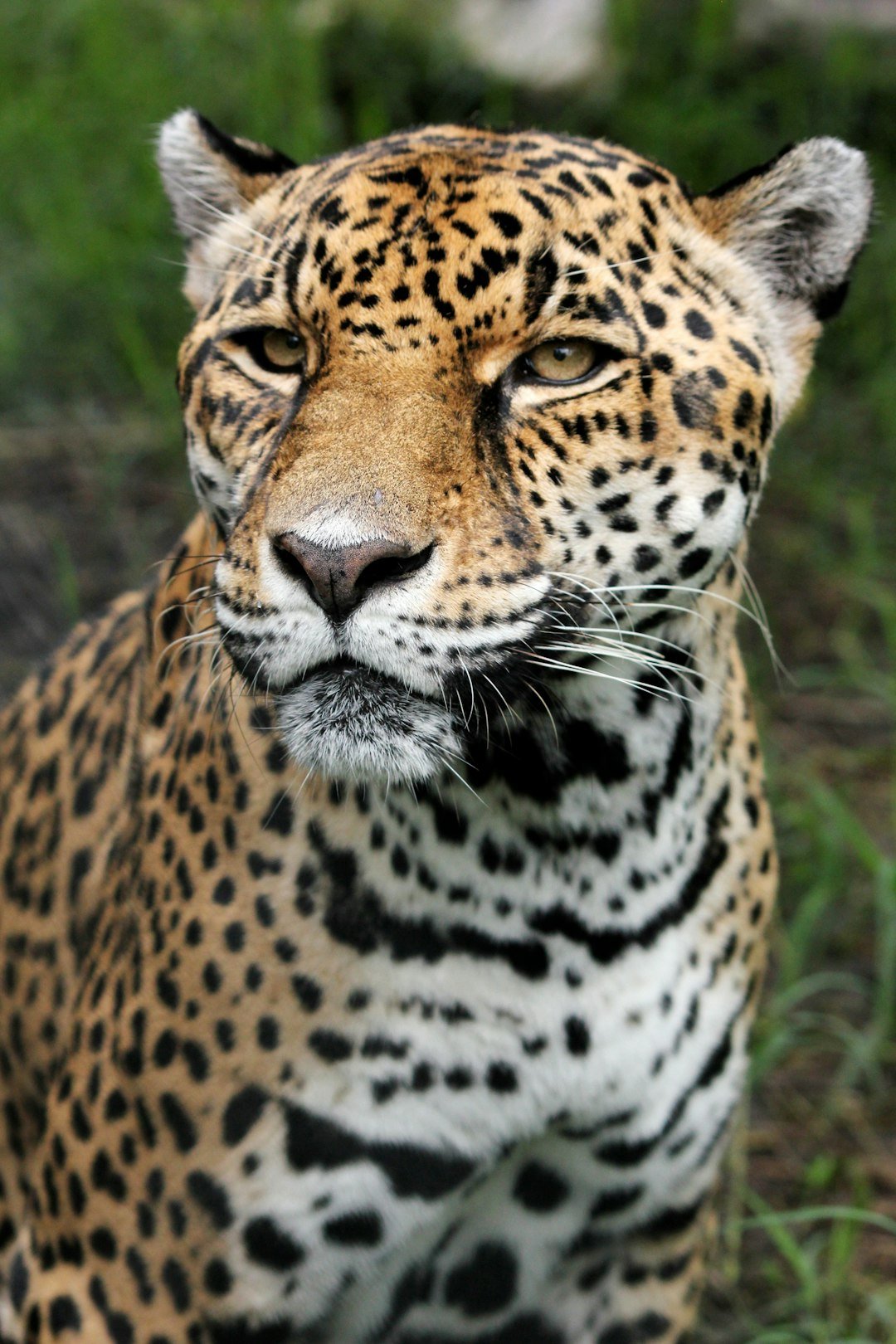
In the Arctic’s distant shadow, northern forests are warming fast, and that reshapes the prey base for lynx-like hunters and the larger cats that graze those edges. In tropical forests, extreme rains and fires carve mosaics that encourage generalist species – and cats that can tolerate heat and patchy cover stand to gain ground. Coastal deltas face creeping seas that erase low-lying refuges, squeezing cats toward inland swamps where human settlement has surged. Mountain chains, meanwhile, act like climate escalators, pulling cold-adapted predators upslope into narrower belts.
Different continents, different pressures, same underlying driver: unreliable seasons. Some cats expand into empty niches left by human depopulation or rewilding efforts; others thread needle-thin corridors between farms and railways. The global picture is not a uniform march; it’s a scatterplot that still lands in the same quadrant – new territories, new rules.
Why It Matters

This shift is not just a wildlife curiosity; it rewrites how ecosystems function and how people live on the land. When apex predators move, they tug on the whole web – changing how herbivores browse, how vegetation recovers after drought, even how streams hold sediment. Conventional conservation assumed relatively stable ranges and focused on protecting core habitats and a few corridors. Climate change makes that playbook incomplete because the map is redrawing itself mid-season.
Agencies and communities now need flexible management that updates with weather extremes, not just once-in-a-decade plans. Insurance schemes for herders, climate-smart fencing, and rapid compensation can lower tensions when cats test new ground. The scientific question – where will cats go next – has become a civic question: how do we live with the answer. That’s why this story matters right now, not in some hypothetical future.
From Ancient Tools to Modern Science

Fieldcraft still starts with tracks, scrapes, and scat, but the analysis runs on satellites and silicon. GPS collars outline paths around heat waves like isotherm ink, while open-source climate models forecast where shade, snow, and water will persist. Environmental DNA from streams flags a cat’s presence even when no camera catches it, turning rivers into biological sensors. High-resolution fire maps, drought indices, and vegetation greenness data get layered onto these detections to predict next season’s pinch points.
There’s a human rhythm to all this tech: long nights swapping memory cards, dawn drives across dusty switchbacks, and messy whiteboards crowded with arrows and storm icons. I’ve sat in those makeshift labs where a single new track on a screen can shift a conversation from worry to workable plan. Science is the mapmaker here, but it’s the people on the ground who decide which lines become lifelines.
The Future Landscape
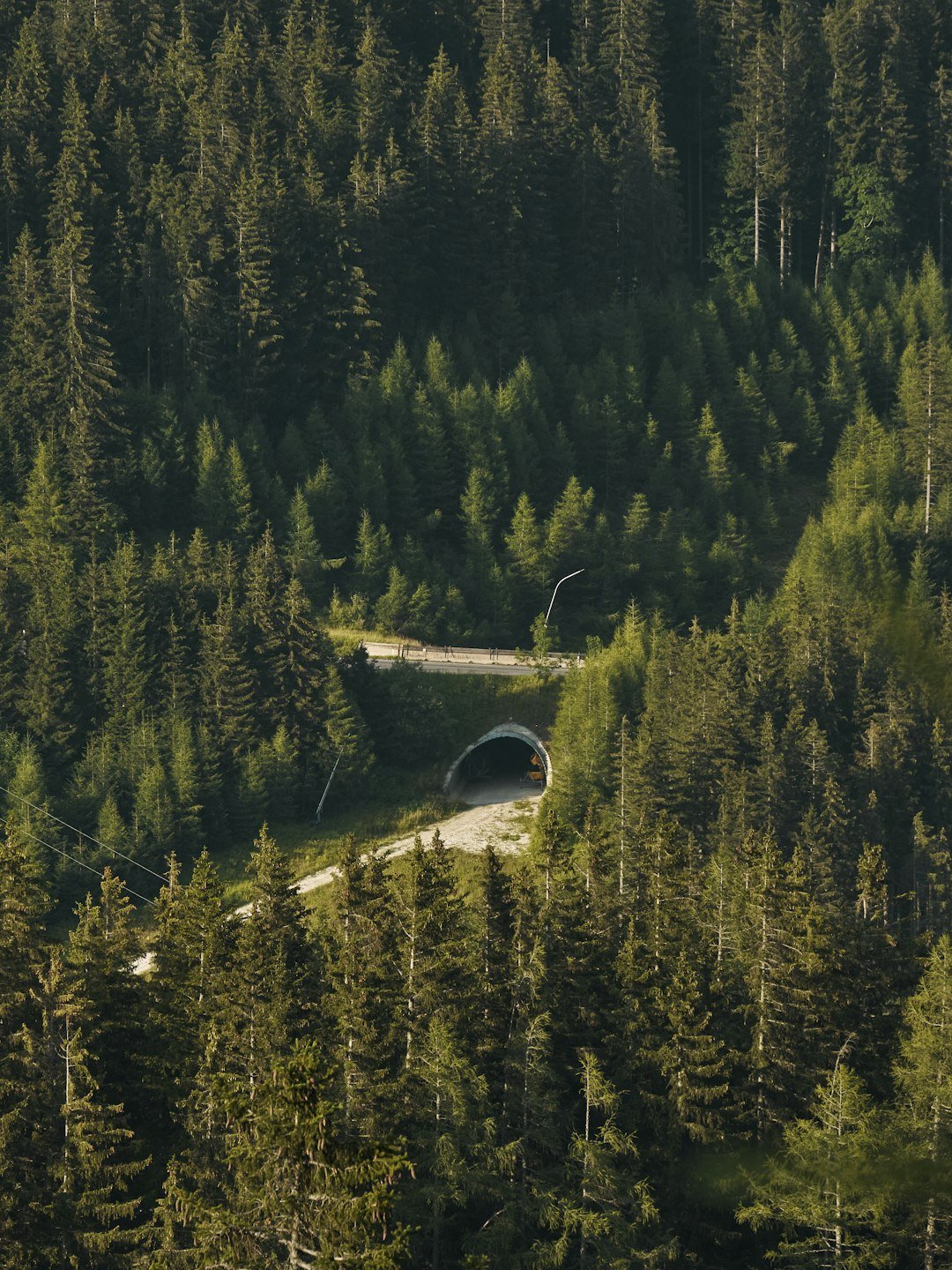
Looking ahead, the most successful strategies will treat movement as normal, not exceptional. Climate-resilient corridors – cooler ravines, riparian ribbons, shaded overpasses – can help cats cross safely between shrinking islands of habitat. Early-warning models that blend weather forecasts with prey dynamics could cue herders to move stock or secure bomas before a heat wave funnels predators their way. In coastal strongholds, restoring higher-elevation refuges might buffer against sea-level rise that salinizes wetlands and pushes both cats and people inland.
But trade-offs are coming fast: more solar and wind farms, more irrigation canals, more roads built in a hurry. Planning those with predator movement in mind – fencing designs, quiet zones, wildlife passages – will decide whether tomorrow’s ranges look like stitched quilts or torn flags. The window for cheap fixes is closing; the window for smart ones is open right now.
How You Can Help
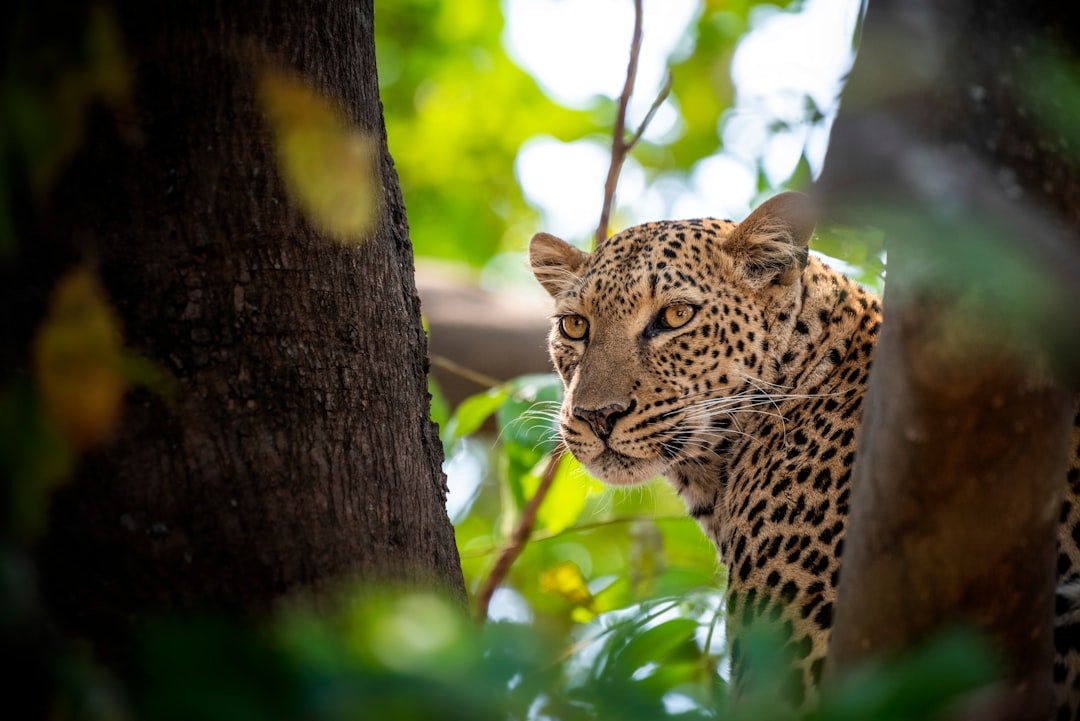
Coexistence doesn’t require heroics; it needs habits. If you live near carnivore country, secure livestock at dusk, keep dogs inside at night, and store feed in locked sheds that don’t pull in prey species. If you’re far from the front lines, support community-led conservation groups that prioritize quick compensation, better enclosures, and science-based planning. Small choices add up – choosing products that don’t fuel deforestation, backing policies that protect riparian corridors, and volunteering for local wildlife monitoring.
Pay attention to climate decisions where you live, because the same policies that cut emissions or save water can steady the ground under these cats. Ask for wildlife crossings on busy roads, and vote for land-use plans that keep nature connected even as towns grow. The story of big cats in new territories isn’t just about them – it’s about whether we’re willing to redraw the map with them in mind.

Suhail Ahmed is a passionate digital professional and nature enthusiast with over 8 years of experience in content strategy, SEO, web development, and digital operations. Alongside his freelance journey, Suhail actively contributes to nature and wildlife platforms like Discover Wildlife, where he channels his curiosity for the planet into engaging, educational storytelling.
With a strong background in managing digital ecosystems — from ecommerce stores and WordPress websites to social media and automation — Suhail merges technical precision with creative insight. His content reflects a rare balance: SEO-friendly yet deeply human, data-informed yet emotionally resonant.
Driven by a love for discovery and storytelling, Suhail believes in using digital platforms to amplify causes that matter — especially those protecting Earth’s biodiversity and inspiring sustainable living. Whether he’s managing online projects or crafting wildlife content, his goal remains the same: to inform, inspire, and leave a positive digital footprint.

